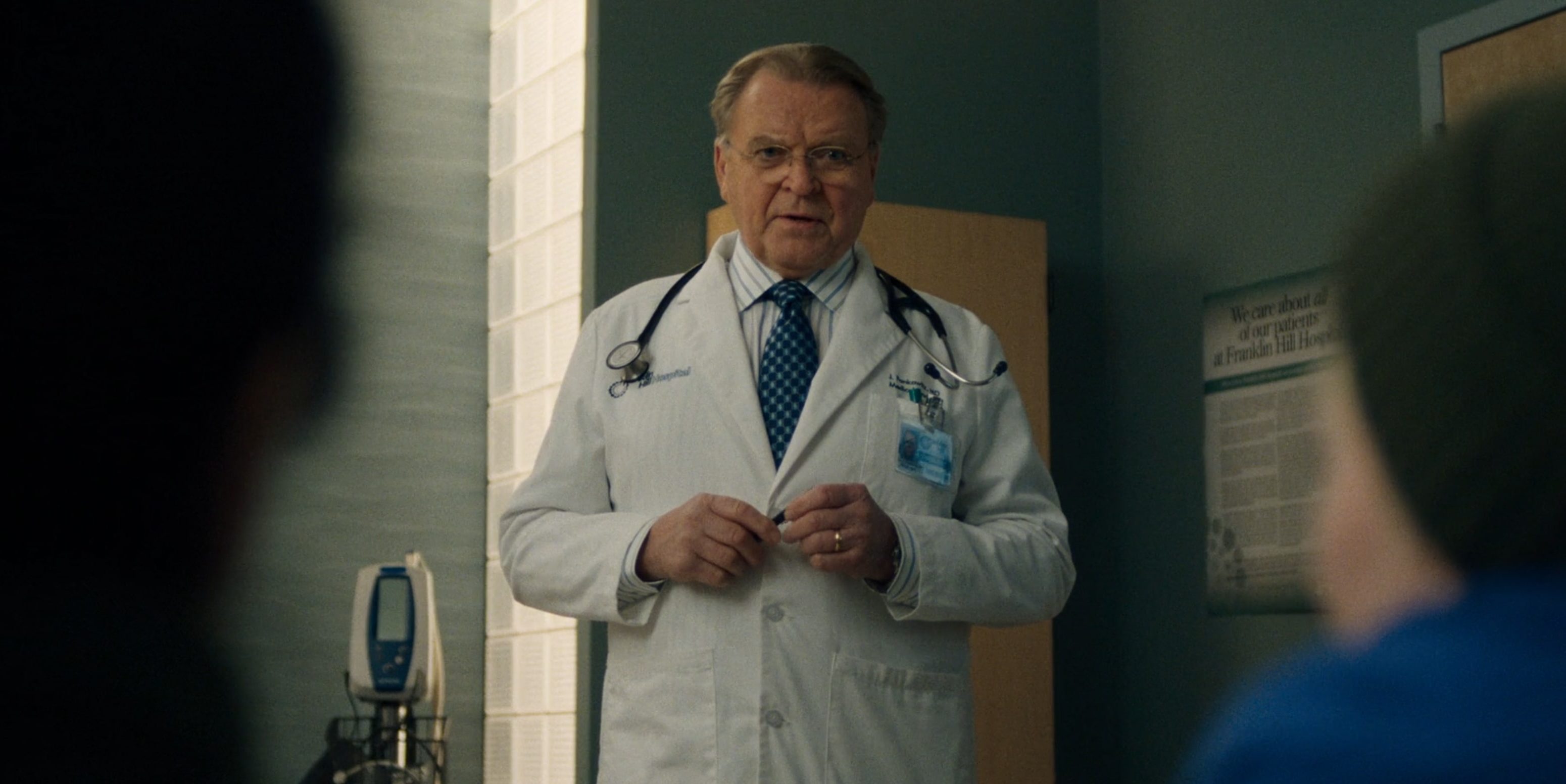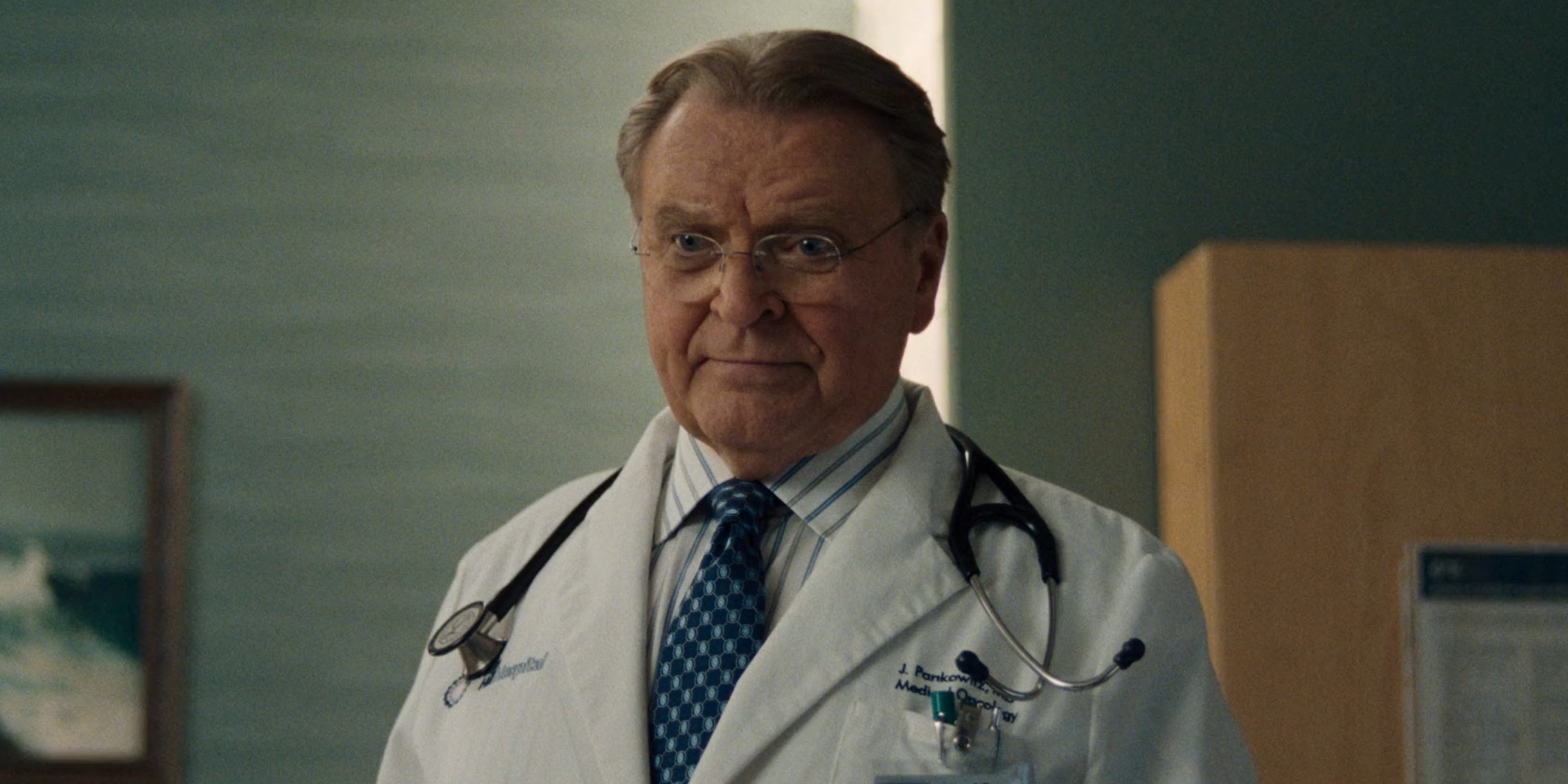‘Dying for Sex‘ follows Molly Kochan, a woman whose life is upended when she is diagnosed with metastatic breast cancer, spelling out a death sentence. However, determined to make the best of her situation, Molly decides to change her lifestyle by leaving her husband and embarking on a quest for sexual freedom. As the show delves into various medical topics, it centers on many hospital scenes and characters who inhabit the halls of these faculties, such as Dr. Jerry Pankowitz, Molly’s oncologist. While he begins the story with a one-dimensional view of Molly and her sexual proclivities, the character grows into a much more well-rounded personality, showcasing the importance of healthcare workers in understanding sensitive topics and cases such as the protagonists.
Dr. Jerry Pankowitz Seems to be Vaguely Inspired by a Real-Life Doctor
While ‘Dying for Sex’ is based on the real-life exploits of Molly Kochan, parts of the narrative are highly dramatized, including characters like Dr. Jerry Pankowitz. The oncologist is likely rooted in the life of Molly Kochan and inspired by the doctor who treated her following her breast cancer diagnosis. Thus, he may share some traits with a real-life figure even though he is largely fictionalized for the purposes of storytelling in the show. In reality, there are no medical professionals named Dr. Jerry Pankowitz, which differentiates him from those who may have served as an inspiration for the character, among many other things.

When the story begins, Pankowitz is largely distant from Molly’s personal issues and tries to keep the conversation mostly confined to her physical ailments. His indifference and somewhat cold demeanor can rub off people in the wrong way, especially Molly, who is struggling to reconcile her life-changing diagnosis with her desire to regain control. At times, she is unable to address her problems honestly, which should be a cause for concern for the doctor. However, Pankowitz does not seem to think much of it until Molly starts changing her tune, asserting control, and talking to her doctor in a more open manner. It allows a more direct line of communication between patient and doctor, highlighting the dynamics of the contemporary medical industry.
The further we move into the story, the more transformative Pankowitz’s attitude towards Molly becomes. There is even a hidden layer of social commentary relating to misogyny rooted in the character’s initial observations of the protagonist’s challenges. Yet, later, the same doctor is open to discussing topics about sexuality in a more wholesome and unabashed manner, catering to the demands of his patient. It illustrates his ability to change and also how a patient-doctor relationship should be in the real world. After the walls come tumbling down between them, we see Pankowitz in a completely new light as he learns to spread and embrace the joy and enthusiasm reverberating through Molly’s persona into his own. As such, the doctor plays a prominent role throughout the narrative despite his fictional roots.
Read More: Is Hulu’s Mid-Century Modern Based on a True Story?


